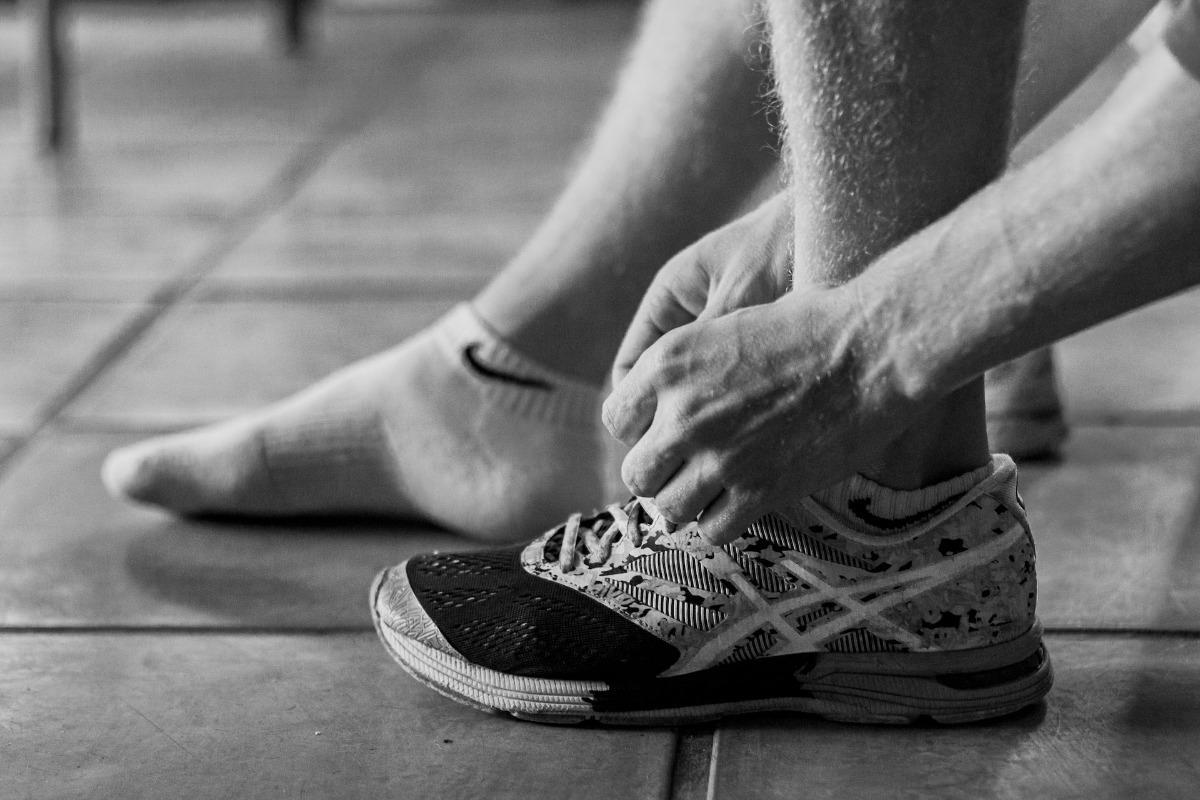5 Easy Ways to Avoid Developing Chronic Ankle Instability
posted: Feb. 22, 2023.

Chronic ankle instability is when the ankle joint cannot maintain stability and is prone to repeated sprains. It occurs when the ligaments and muscles that support the ankle are weakened or stretched, resulting in an increased risk of further sprains.
Symptoms of chronic ankle instability include frequent pain, swelling, instability, and difficulty walking. Treatment typically involves rest, physical therapy, and bracing. In some cases, surgery may be necessary. But how do people refrain from developing it? Here are some ideas.
1. Wear Proper Shoes
Ankle sprains are the most common injuries in sports and recreational activities. They can be very painful and can take a long time to heal. Therefore, taking steps to reduce the risk of sprains is essential. One of the best ways to do this is to ensure you wear the correct type of shoes.
Shoes with good arch support and shock-absorbing soles are essential for preventing ankle sprains. They help to distribute your weight evenly across the foot, reducing the strain on the ankle joint. They also help to cushion the impact of running, jumping and other activities, reducing sprains.
2. Use Ankle Braces
Ankle braces are designed to provide support and stability to the ankle joint. They can be used for both prevention and recovery from an ankle sprain. Ankle braces can be worn during activities to reduce the risk of sprains, and they can also be worn after an ankle sprain to provide extra stability.
When choosing an ankle brace, it’s essential to consider the type of activity you’ll be doing. Various braces are available, from lightweight neoprene braces to more robust, rigid braces. It’s essential to choose a brace that is comfortable and supportive for the activity you’ll be doing.
3. Stretch before Strenuous Activity
Stretching before any strenuous activity reduces the risk of ankle sprains. Dynamic stretching, which involves moving the muscles through their full range of motion, is particularly beneficial. Stretching can help improve flexibility and reduce the risk of injury.
Before any activity, it’s essential to warm up the muscles with a few minutes of light exercises, such as jogging or walking, followed by dynamic stretching. It will help prepare the muscles for the activity and reduce the risk of an ankle sprain.
4. Consider Strength Training
Strength training is also essential for reducing the risk of ankle sprains. Strengthening the muscles in the lower legs, particularly the calf muscles, can help reduce the risk of a sprain. Additionally, strengthening the core muscles can help improve balance and stability, reducing the risk of an ankle sprain.
5. Avoid High-Impact Activities
High-impact activities such as running and jumping can stress the ankles, leading to ankle sprains and other injuries. If you’re prone to ankle problems, avoiding high-impact activities and focusing on low-impact ones is best.
The reason why high-impact activities can be harmful to your ankles is that they involve a lot of force and pressure. When you run or jump, your feet and ankles absorb the power of the impact and cause the ligaments to stretch or tear, leading to an ankle sprain or even a fracture.
Conclusion
Ankle sprains and other ankle injuries can be extremely painful and limit your ability to move and function normally. Following the above tips can help reduce your risk of ankle injuries and keep your ankles strong and healthy.
Always warm up, stretch before any physical activity, and wear supportive shoes that fit correctly. Additionally, avoid high-impact activities and be mindful of your body’s limits. If you feel any pain or discomfort in your ankles, it’s essential to seek medical attention as soon as possible.
Sheldon Nadal, D.P.M. is a foot specialist in Toronto specializing in foot-related diseases and disorders. As podiatrists, we also handle concerns involving the lower legs, such as complications and injuries. Learn more about ankle instability by browsing our website today.